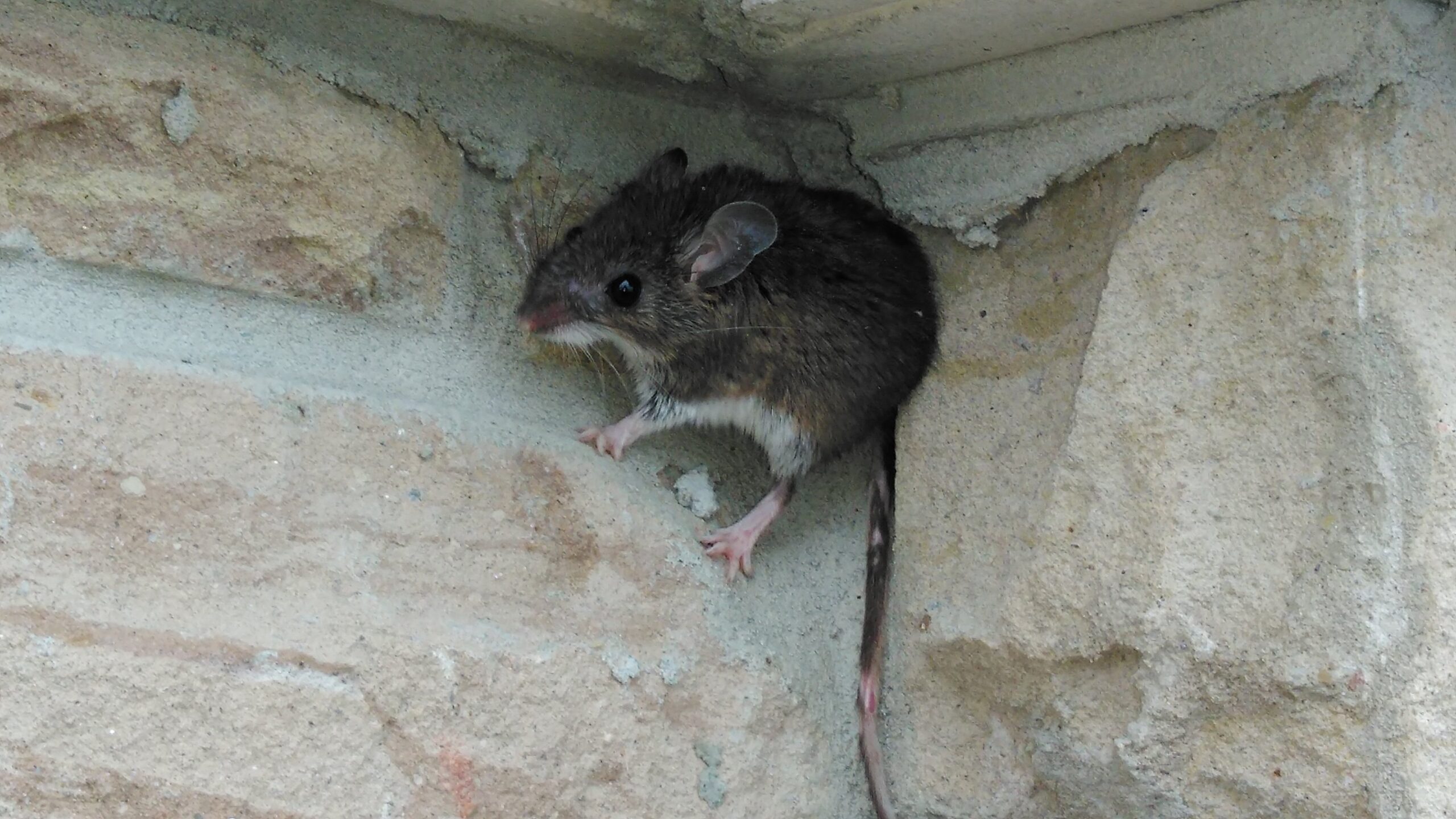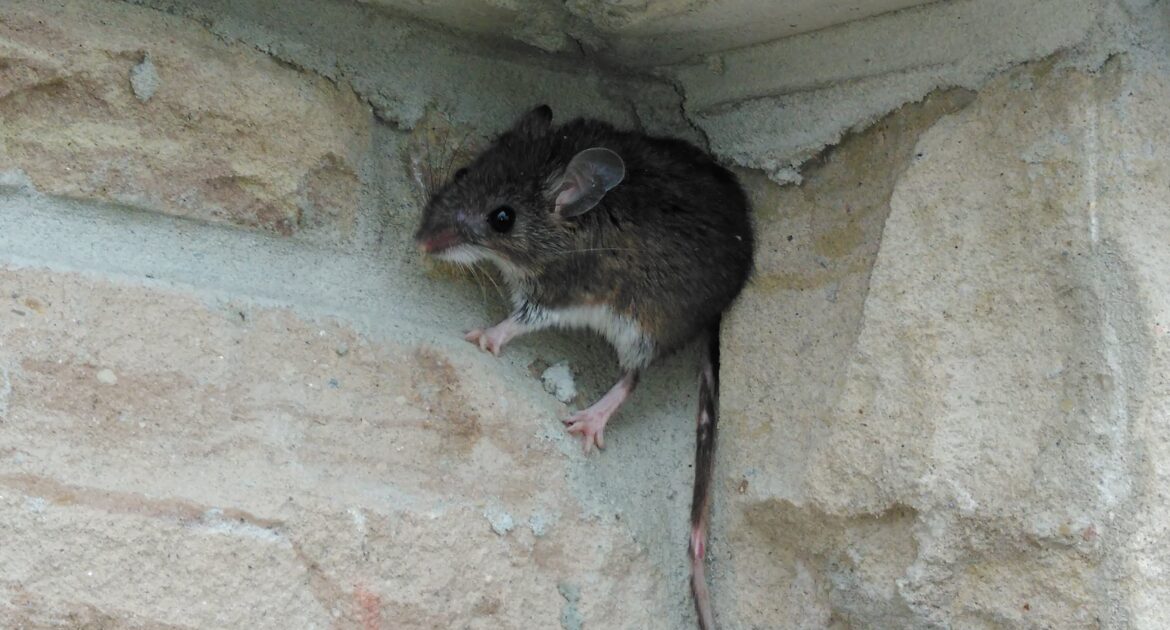Discovering a mouse scurrying across your kitchen floor can be quite unsettling. For homeowners, battling these uninvited guests can feel never-ending. You might be scrupulous about cleanliness and take great care to seal any possible entry points, yet still find yourself dealing with these tiny invaders. If you’re wondering why, have you considered your neighbors might be contributing to the problem? In this blog, we’ll explore the surprising ways your homes around your property could be attracting mice to your home, the habits and behaviors that perpetuate infestations, and practical steps you can take to manage the situation.
Why Mice Love Urban Areas
Mice are resourceful creatures. They thrive in urban and suburban environments where food, water, and shelter are abundant. Cities and neighborhoods provide ample hiding spots, constant food sources, and minimal predators. This makes them ideal habitats for mice. Even if your home is meticulously maintained, the presence of nearby properties that don’t adhere to the same standards can create a haven for these rodents. Poor waste management, clutter, and easy access to food sources on residential properties can attract mice, which may then find their way into your house.
Urban areas also offer a network of pathways. Mice can travel between properties through interconnected attics, basements, and walls. They can squeeze through tiny gaps, making it easy for them to move from one house to another. If your neighbor’s home provides an attractive environment, it’s only a matter of time before the mice venture over to explore your property as well.
Common Attractants in Neighboring Homes
One common attractant is food. Homes with exposed trash, pet food left out, or poorly stored pantry items can become a buffet for mice. Even small crumbs and spills can be inviting. If your neighbors are not diligent about cleaning up food sources, mice will be drawn to the area and likely explore other homes closeby for more opportunities.
Another significant attractant is clutter. Piles of newspapers, cardboard boxes, and other cluttered areas provide mice with both nesting materials and hiding places. These conditions are especially appealing during colder months when mice seek warmth. Homes that have clutter both inside and outside are more likely to harbor these rodents.
Water sources are another draw. Leaky pipes, pet water bowls, and even bird baths can provide the hydration mice need. If your neighbors have these available, mice won’t hesitate to stay in the vicinity. Ensuring that water sources are minimized and leaks are repaired can help reduce this attraction.
Protecting Your Home From a Potential Mouse Problem
It’s essential to recognize that mouse infestations are rarely isolated to a single property. Mice are highly mobile and can easily move between homes in a neighborhood. This means that even if your home is well-maintained, issues in neighboring properties can impact you.
If your neighbors have infestations, it’s likely that mice will venture into your home in search of additional food and shelter. This is especially true in densely populated areas where homes are close together. Shared walls, attics, and basements can act as highways for mice, allowing them to move freely between properties.
Additionally, if neighboring homes are undergoing renovations or construction, mice may be displaced and seek refuge in nearby properties. This can lead to a sudden increase in mouse activity in your home. It’s important to communicate with neighbors and work together to address infestations collectively. Cooperation and shared efforts can significantly reduce the overall mouse population in the area.
Identifying Entry Points
To keep mice out of your home, it’s vital to identify and seal potential entry points. Mice can enter through tiny gaps, so thorough inspections are necessary. Common entry points include:
- Cracks and gaps in the foundation
- Holes in walls, especially around utility pipes and vents
- Gaps under doors and windows
- Openings in the roof, such as vents and chimneys
- Garage doors with gaps along the bottom
Sealing these entry points with materials like steel wool, caulk, and weatherstripping can help prevent mice from entering your home. Regular inspections and maintenance are essential to ensure that new entry points do not develop over time.
Maintaining Cleanliness
Maintaining a clean home is one of the most effective ways to prevent mouse infestations. This includes regular cleaning and proper food storage. Ensure that all food is stored in airtight containers and that crumbs and spills are promptly cleaned up. Don’t leave pet food out overnight, and make sure that trash is securely stored in containers with tight-fitting lids.
Regularly decluttering your home is also essential. Remove piles of newspapers, cardboard boxes, and other materials that mice can use for nesting. Keep storage areas organized and off the ground. Outside, keep your yard tidy and free of debris that can provide shelter for mice.
The Importance of Waste Management
Proper waste management is critical in preventing mouse infestations. Make sure that trash is securely stored in containers with tight-fitting lids. Regularly empty trash cans and clean them to remove any food residue. Compost bins should also be properly managed to prevent attracting mice.
Encourage your neighbors to follow proper waste management practices as well. A collective effort in maintaining cleanliness and proper waste disposal can significantly reduce the mouse population around your home.
Why Choose Skedaddle for Wildlife Control
If you’ve tried all the preventative measures and still find yourself dealing with a mouse problem, it may be time to seek professional help. Skedaddle offers specialized services to help homeowners address and manage mouse infestations effectively.
Our team of experts uses humane methods to remove mice and prevent them from returning. We focus on identifying and sealing entry points, as well as providing guidance on maintaining a mouse-free home. With years of experience and a commitment to humane wildlife control, Skedaddle is the best choice for homeowners looking to address mouse infestations.
Skedaddle stands out for its commitment to humane and effective wildlife control solutions. Our approach ensures that mice are safely removed without causing harm. We prioritize long-term solutions by sealing entry points and providing advice on maintaining a mouse-free environment.
Our team of trained professionals has extensive experience in dealing with mouse infestations. We understand the habits and behaviors of mice, allowing us to provide targeted solutions that address the root cause of the problem. With a focus on customer satisfaction and humane practices, Skedaddle is the trusted choice for homeowners dealing with mouse infestations.
Reach Out to Skedaddle Atlanta
Dealing with a mouse infestation can be frustrating, especially when neighboring properties contribute to the problem. By understanding the factors that attract mice and taking proactive steps to address them, homeowners can significantly reduce the risk of infestations.
If you’re struggling with a mouse problem and need expert assistance, consider reaching out to Skedaddle. Our team of professionals is dedicated to providing humane and effective solutions to help you maintain a mouse-free home. Contact us today to learn more about our services and how we can assist you in managing mouse infestations.




